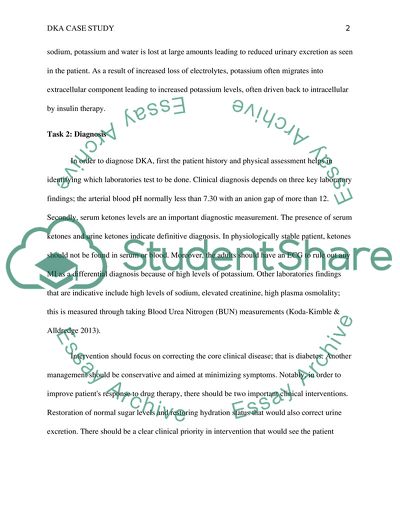Cite this document
(“Suffering because of Diabetic KetoAcidosis Case Study”, n.d.)
Retrieved from https://studentshare.org/nursing/1666756-major-assessment-of-a-case-study-of-a-patient
Retrieved from https://studentshare.org/nursing/1666756-major-assessment-of-a-case-study-of-a-patient
(Suffering Because of Diabetic KetoAcidosis Case Study)
https://studentshare.org/nursing/1666756-major-assessment-of-a-case-study-of-a-patient.
https://studentshare.org/nursing/1666756-major-assessment-of-a-case-study-of-a-patient.
“Suffering Because of Diabetic KetoAcidosis Case Study”, n.d. https://studentshare.org/nursing/1666756-major-assessment-of-a-case-study-of-a-patient.


